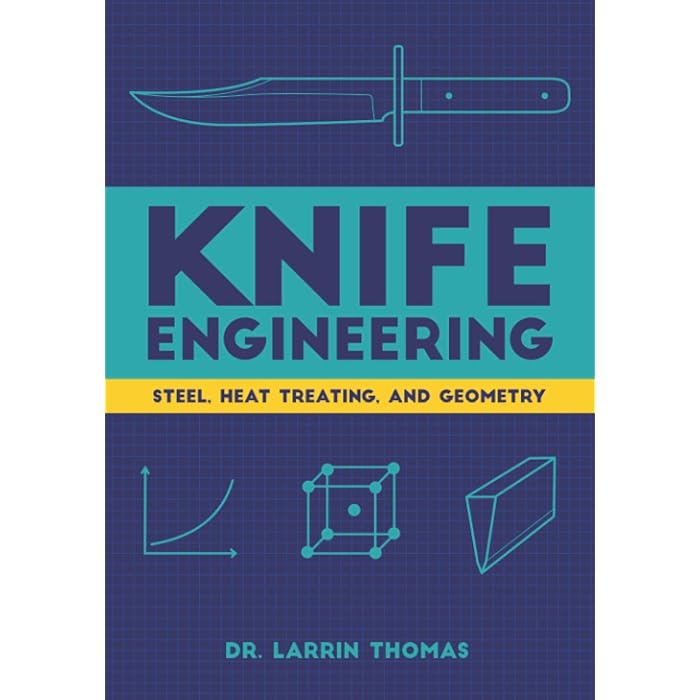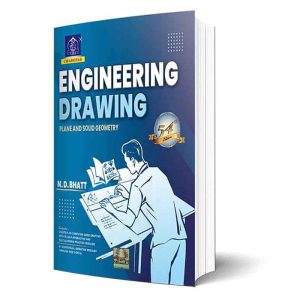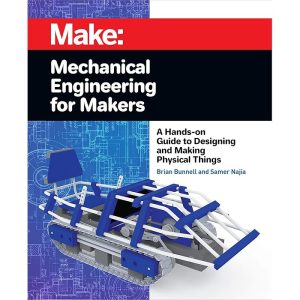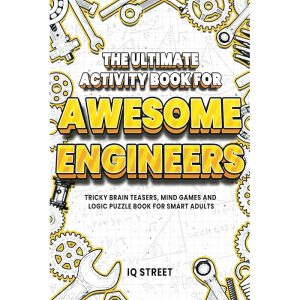Description
**Knife Engineering: Steel, Heat Treating, and Geometry**
Knife design and performance are deeply influenced by three main elements: the steel used in the blade, the heat treatment process it undergoes, and the geometry of the blade itself. Together, these elements determine the knife’s strength, edge retention, sharpness, toughness, and overall performance. Let’s break down each of these aspects in more detail.
—
### **1. Steel Selection**
The choice of steel for a knife blade is critical because different types of steel have distinct properties that make them suitable for various applications. Steel is composed of iron mixed with carbon and other elements that influence its hardness, corrosion resistance, edge retention, and other characteristics.
**Key Steel Types:**
– **Carbon Steel**: Known for its ease of sharpening and high edge retention. It tends to rust more easily unless properly cared for.
– **Examples**: 1095, O1, A2.
– **Stainless Steel**: Contains a higher percentage of chromium, which makes it resistant to corrosion and staining. It often requires more complex heat treatment but tends to offer lower edge retention than carbon steel.
– **Examples**: 440C, VG-10, S30V, S35VN.
– **Tool Steel**: Designed for high wear resistance and toughness. These steels are typically used in industrial tools but are also found in high-performance knives.
– **Examples**: D2, M4, CPM-3V, 154CM.
– **Powdered Metallurgy Steel**: These are high-performance steels that are created by using a powder metal process, which allows for a more uniform structure and enhanced properties.
– **Examples**: CPM-S30V, CPM-S110V, Elmax.
**Key Properties of Steel:**
– **Hardness**: The ability of the steel to resist deformation. Generally, hardness is measured on the Rockwell C scale (HRC). Higher hardness typically leads to better edge retention but may make the blade more brittle.
– **Toughness**: The ability of the steel to absorb energy before breaking. A tougher steel will bend rather than crack when subjected to stress.
– **Corrosion Resistance**: The steel’s ability to resist rust and staining. This is especially important in environments with moisture or chemicals.
– **Wear Resistance**: The ability of the steel to resist abrasion and maintain its edge.
– **Edge Retention**: The ability of the steel to maintain its sharpness after prolonged use.
—
### **2. Heat Treating (HT)**
Heat treating is a process used to modify the properties of steel by altering its microstructure. The process involves heating the steel to a specific temperature and then rapidly cooling it (usually in oil or water). The two main processes that are part of heat treating are **hardening** and **tempering**.
– **Hardening**: Involves heating the steel to a temperature where its microstructure changes, making the steel harder. This is done by heating the blade to a high temperature (usually 800-1,200°F), then quenching it in water, oil, or air to cool it rapidly. The resulting steel will be hard but potentially brittle.
– **Tempering**: After hardening, the steel is often too brittle for practical use, so tempering is used to reduce brittleness while maintaining hardness. Tempering involves reheating the hardened steel to a lower temperature (usually between 400-600°F) and then cooling it slowly. This process reduces internal stresses and enhances toughness.
**Key Variables in Heat Treating:**
– **Critical Temperature**: The temperature at which the steel’s crystal structure changes from ferrite to austenite. This is important because it determines when the steel can be effectively hardened.
– **Quenching Medium**: The medium used to cool the steel after it’s heated (e.g., oil, water, air). Different quenching media lead to different cooling rates, which affect the hardness and microstructure of the steel.
– **Temper Temperature and Time**: The temperature and duration of tempering will influence the steel’s final hardness and toughness. For example, a higher tempering temperature (closer to 600°F) results in tougher steel but with slightly lower hardness.
—
### **3. Blade Geometry**
Blade geometry is a critical aspect of knife performance because it determines how a knife cuts, handles, and feels in the hand. It involves the shape, thickness, grind, and edge angle of the blade. Key elements of blade geometry include:
#### **Blade Shape**:
The overall shape of the blade affects its versatility and use case.
– **Drop Point**: A versatile design with a gently curving spine and a slightly dropped tip. Commonly found in hunting knives.
– **Tanto**: A blade with a flat-ground tip that creates a strong point, often used for tactical or piercing applications.
– **Clip Point**: A blade with a concave “clip” cut-out at the spine near the tip. It provides a more precise point for controlled cutting.
– **Sheepsfoot**: A blade shape with a rounded, blunt tip, ideal for slicing and skinning tasks.
#### **Blade Thickness**:
– **Thicker blades** are generally stronger and more durable but may be less efficient at cutting due to their bulk.
– **Thinner blades** cut more efficiently but may sacrifice durability for precision.
#### **Grind Types**:
The grind refers to how the blade is shaped behind the edge.
– **Flat Grind**: The blade tapers from the spine to the edge at a consistent angle. It is great for general use and provides a good balance of strength and cutting ability.
– **Hollow Grind**: A concave grind that creates a thinner edge, ideal for slicing. It is often used in high-performance kitchen knives.
– **Convex Grind**: A slightly rounded grind that offers a very strong edge and is good for knives that will undergo heavy use, such as hunting or survival knives.
– **Scandi Grind**: Often used in Scandinavian-style knives, this grind is flat all the way to the edge, making it easy to sharpen and excellent for wood carving and general outdoor use.
#### **Edge Angle**:
The edge angle determines how sharp the knife is and how durable the edge will be.
– **Lower edge angles** (15-20° per side) provide sharper edges, ideal for precision cutting.
– **Higher edge angles** (20-30° per side) offer greater durability and strength, which is better for tasks like chopping.
—
### **Putting It All Together**
When designing a knife, the steel, heat treatment, and geometry must be carefully chosen to complement each other for optimal performance. For example:
– A **high-carbon steel** like **1095** may require excellent heat treatment (like a hardening/tempering cycle) to achieve good edge retention and toughness. However, without proper care, it may rust, so a blade geometry with a thicker spine or a corrosion-resistant coating may be appropriate.
– A **stainless steel** like **S30V** could benefit from a more complex heat treatment, giving it excellent edge retention and corrosion resistance. A **flat grind** or **hollow grind** can enhance slicing performance.
– A **tactical knife** might need a **tough, wear-resistant steel** like **CPM-3V**, tempered for a high balance of toughness and edge retention, and a **robust blade geometry** to withstand impact and heavy use.
—
### Conclusion





Reviews
There are no reviews yet.